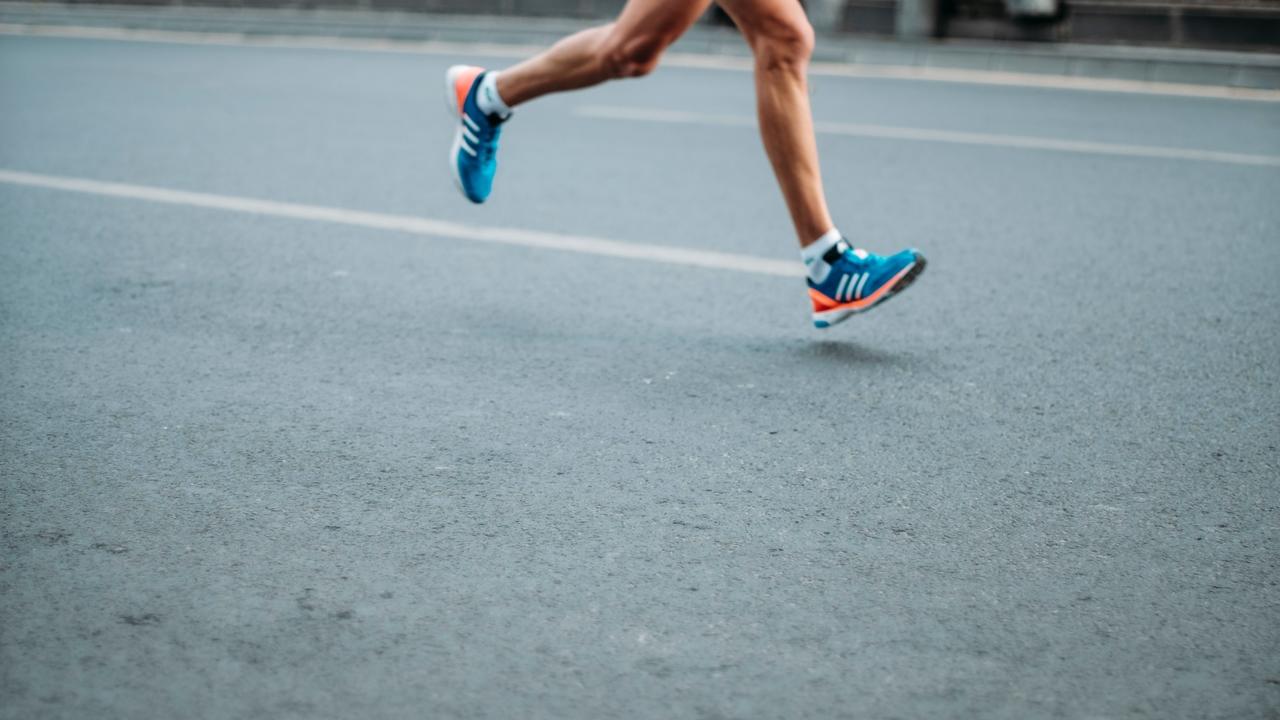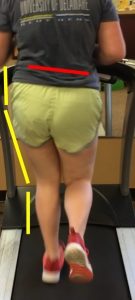Tendinopathy issues are often one of the most misunderstood conditions. Historically, the rehab world has focused on stretching these, partially because patients often describe feeling tight. On the surface, that seems like one of the best approaches, but as you understand tendinopathies further, you start to realize that this may be one of the worst approaches for a long-term resolution.
I have previously written about this with insertional achilles pain and the troubles I found in my career as I tried to help individuals suffering from it. We can take the same approach with proximal hamstring tendinopathies as well.
The underlying principle to heal a tendinopathy is that you must progressively load it. If you load it too much too soon or in an overly aggressive position, the patient will likely digress instead of progress. If you load it too little or do not progress positioning, the resolution will be slow or potentially not occur at all.
From a simplistic standpoin
...







